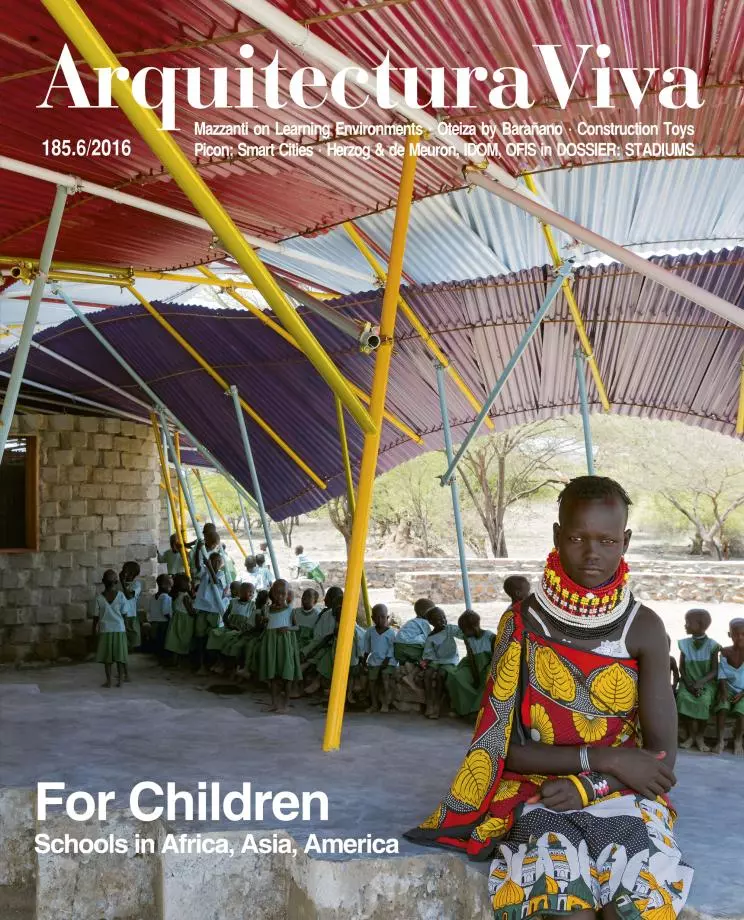
The architectures of childhood bring us back to the childhood of architecture. If building for children, spaces are shaped with an essential vocabulary of materials, forms and colors; if the works go up in precarious environments, the discipline of economy demands the laconicism of the elementary; and if the constructions are in extreme climates, the effort to provide shelter becomes inseparable from the need to secure the most basic environmental comfort. With the school project we go back to the child we once were, but also to the origins of architecture, to a dawning moment that inextricably tangles the biography of the individual and the development of the discipline to ask fundamental questions, because in the structures that we have described as essential, elementary and basic lies the weathered dignity of architecture, its reluctant vocation of service and its blurred ethical component.
Even when determined by need, the architectures of childhood are also architectures of freedom, lively environments where playfulness colors the geometric gaze of the architect, and where the strict order of pedagogy is combined with the random patterns of free time, intertwining learning and play in an unexpected, exact tapestry. And few projects are as ideological as the school building, because each revolutionary or pedagogical utopia has had its spatial correlate in architectures designed for children, understanding that different learning contexts prevent or stimulate the expression of the priorities of each approach: from the classroom without desks to the classroom without walls, future adults shape their talent and sensitivity within architectural molds that are nothing but physical expressions of intangible ideas, but no less powerful agents of collective change.
The common realm, present in schools through the education and shaping of character of the citizens of tomorrow, appears in a more direct but less significant way in the use of school premises by the whole population – particularly important in struggling neighborhoods that lack funds to fulfill these needs – and also through the capacity of schools to give towns or neighborhoods a distinctive identity, being a source of civic pride, and in the end becoming genuine social condensers that concentrate the energy of people of all ages, gathered in the seggregated and sacred spaces of the children. If education is the best investment, perhaps no project is as fertile as that of schools, because these architectures for children are the cradle of our future, while they go back to the first words of construction and of our shared childhood.





